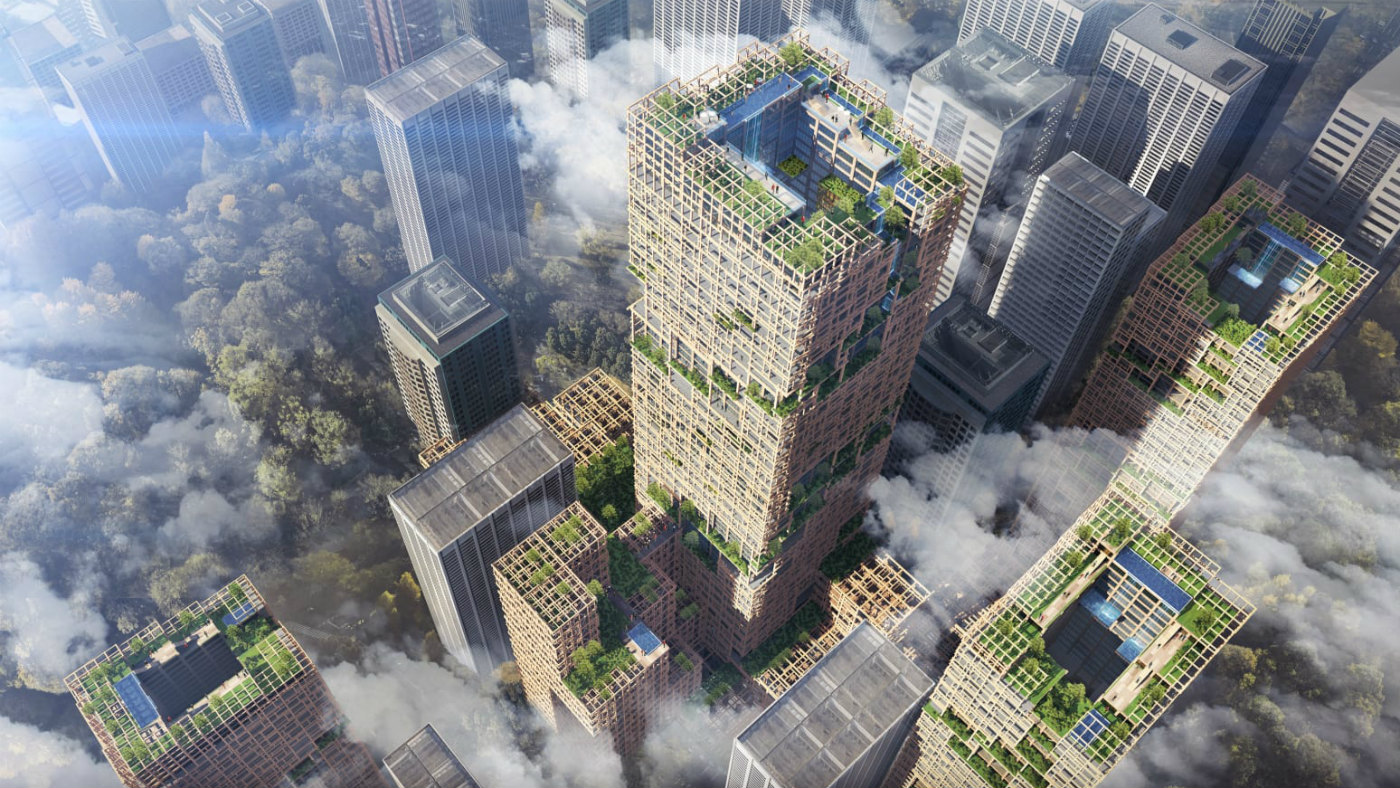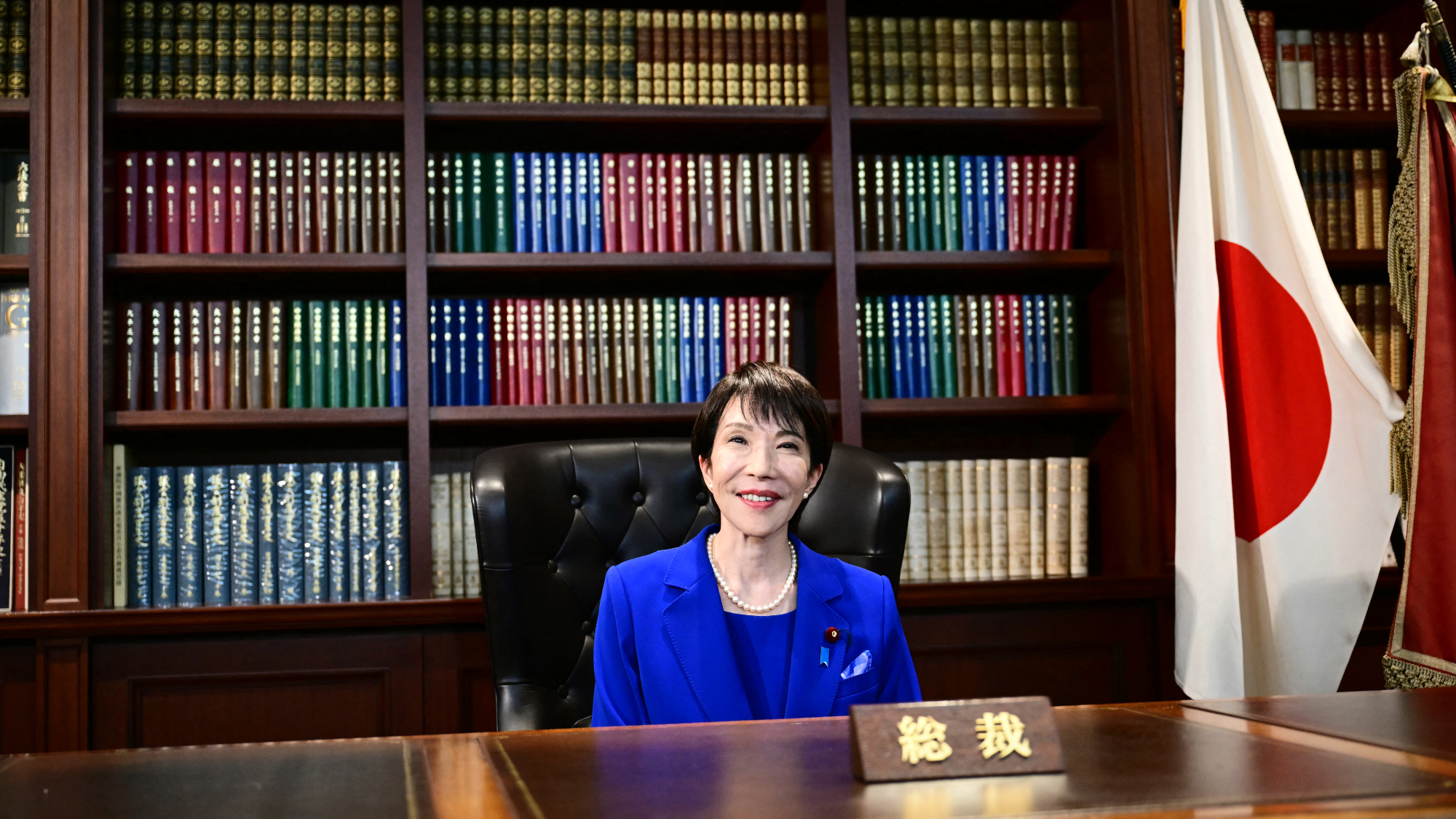Tokyo to build world's tallest wooden skyscraper
Nearly 1,200ft-tall structure to continue Japanese trend for building with timber

The world’s tallest wooden skyscraper is to be built in Tokyo.
Japanese company Sumitomo Forestry says its 1,148-feet-tall (350m) timber tower will be completed in 2041, to mark the 350th anniversary of the business that year. The W350 tower will cost an estimated 600 billion yen (£4.02 billion) to build, around “twice the amount of a conventional high-rise building constructed with current technology,” says CNBC.
However, the company believes that those costs could come down as timber becomes a more frequently used material: “Going forward, the economic feasibility of the project will be enhanced by reducing costs through technological development.”
The Week
Escape your echo chamber. Get the facts behind the news, plus analysis from multiple perspectives.

Sign up for The Week's Free Newsletters
From our morning news briefing to a weekly Good News Newsletter, get the best of The Week delivered directly to your inbox.
From our morning news briefing to a weekly Good News Newsletter, get the best of The Week delivered directly to your inbox.
According to the company, green balconies will be built around the skyscraper's exterior, connecting the building to its environment.
“The aim is to create environmentally-friendly and timber-utilising cities where (cities) become forests through increased use of wooden architecture for high-rise buildings,” the company said in a press release.
The push by the Japanese government stems from the vast amount of wood the country has available. About 25 million hectares of Japan is forest, covering some 67% of the country. This figure is more than twice the global average.
The Japanese government is therefore “trying to encourage more developers to use wood. In 2010, it passed the Promotion of Use of Wood in Public Buildings Act, which required all government buildings up to three stories high to be constructed with wood, or to utilise wood,” says CNN.
A free daily email with the biggest news stories of the day – and the best features from TheWeek.com
About 25 million hectares are forested in the country, covering some 67% of the country. This figure is more than twice as large as the world's average 29% forest cover of land.
Wooden skyscrapers are not unique to Japan. They can be found across the globe, “from an 18-storey office building in Minneapolis made from timber to a 53m-high block of student flats in Vancouver that currently holds the title of world's tallest wooden skyscraper,” says the BBC.
New types of ultra-strong timber are partly driving the trend for wooden buildings. "There's a whole bunch of new materials made out of wood that are structurally able to build big buildings," says Dr Michael Ramage, of the Centre for Natural Material Innovation at Cambridge University.
Fire-resistance is obviously one issue but cross-laminated timber (CLT), a building material that is becoming more common, “is designed to be fire resistant and unlike steel, remains more structurally stable when subjected to high temperatures,” adds the BBC.
“There is a huge perception problem,” says Ramage. “Timber doesn't burn in the way the public imagines. The great fires of London and Chicago were both sparked by very small pieces of wood. Very big pieces of wood are quite hard to set on fire - they aren't kindling material.”
However, “it's a lot more expensive to build a wooden skyscraper, so chances are you're not going to see them pop up across your neighbourhood anytime soon,” the BBC notes.
-
 How Bulgaria’s government fell amid mass protests
How Bulgaria’s government fell amid mass protestsThe Explainer The country’s prime minister resigned as part of the fallout
-
 Japan’s Princess Aiko is a national star. Her fans want even more.
Japan’s Princess Aiko is a national star. Her fans want even more.IN THE SPOTLIGHT Fresh off her first solo state visit to Laos, Princess Aiko has become the face of a Japanese royal family facing 21st-century obsolescence
-
 Femicide: Italy’s newest crime
Femicide: Italy’s newest crimeThe Explainer Landmark law to criminalise murder of a woman as an ‘act of hatred’ or ‘subjugation’ but critics say Italy is still deeply patriarchal
-
 Brazil’s Bolsonaro behind bars after appeals run out
Brazil’s Bolsonaro behind bars after appeals run outSpeed Read He will serve 27 years in prison
-
 Americans traveling abroad face renewed criticism in the Trump era
Americans traveling abroad face renewed criticism in the Trump eraThe Explainer Some of Trump’s behavior has Americans being questioned
-
 Nigeria confused by Trump invasion threat
Nigeria confused by Trump invasion threatSpeed Read Trump has claimed the country is persecuting Christians
-
 Sanae Takaichi: Japan’s Iron Lady set to be the country’s first woman prime minister
Sanae Takaichi: Japan’s Iron Lady set to be the country’s first woman prime ministerIn the Spotlight Takaichi is a member of Japan’s conservative, nationalist Liberal Democratic Party
-
 Japan poised to get first woman prime minister
Japan poised to get first woman prime ministerSpeed Read The ruling Liberal Democratic Party elected former Economic Security Minister Sanae Takaichi

